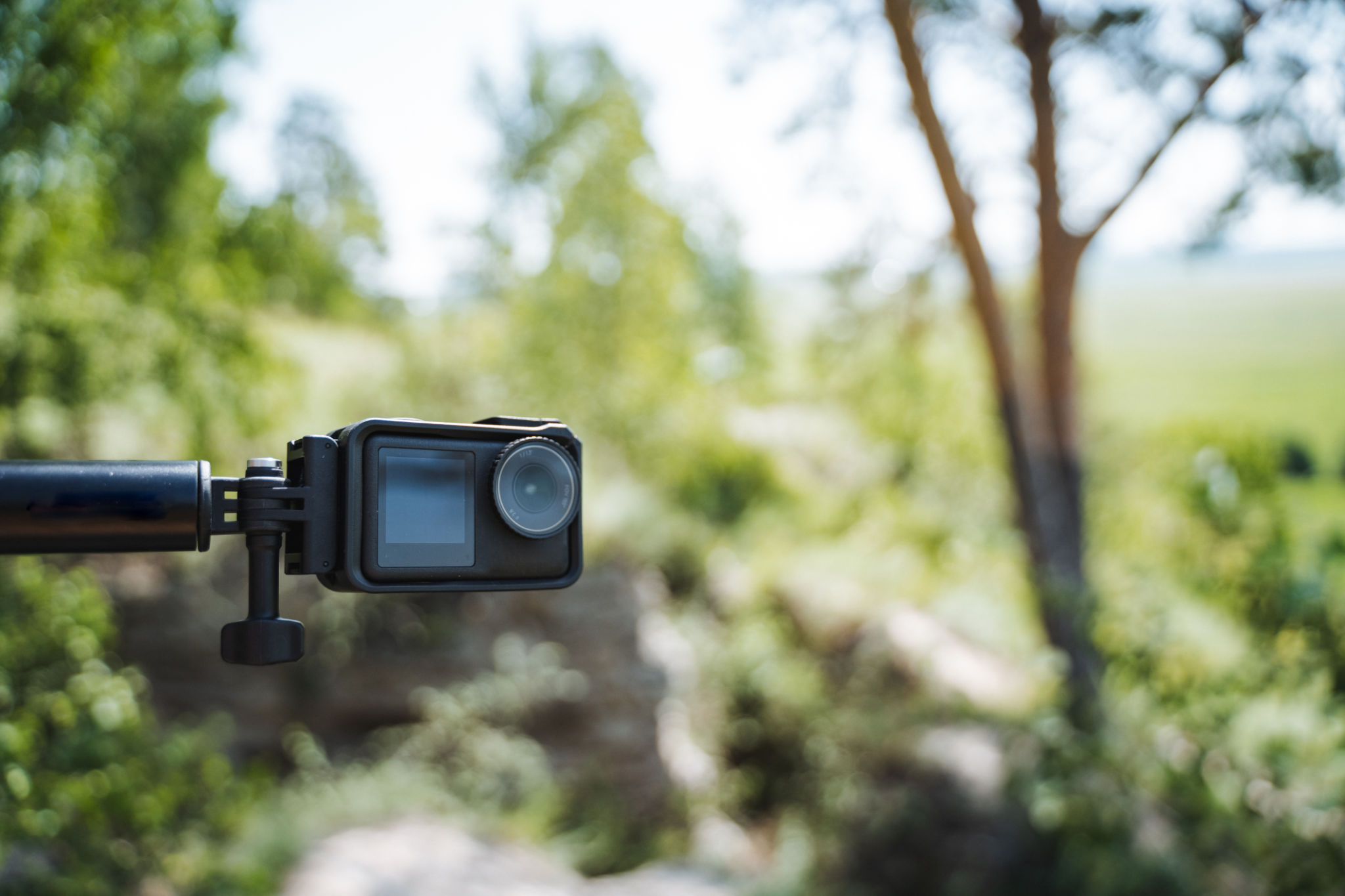Behind the Scenes: Creating Engaging Animal Documentaries
The Art of Storytelling
Creating engaging animal documentaries is an intricate dance between storytelling and cinematography. At the heart of every successful documentary is a compelling narrative that captivates audiences, drawing them into the world of the creatures being showcased. Filmmakers spend countless hours researching and observing their subjects to craft stories that resonate on an emotional level.
The narrative often centers around universal themes such as survival, family, and the circle of life. By focusing on these themes, filmmakers can create connections with viewers, encouraging empathy and understanding. This emotional engagement is what transforms a simple wildlife documentary into an unforgettable experience.

Shooting in the Wild
The process of capturing footage in the wild is both exhilarating and challenging. Filmmakers must often endure harsh environments and unpredictable weather conditions to record the natural behaviors of their subjects. Patience is key, as capturing a rare moment can take days, weeks, or even months of waiting.
Advanced technology plays a crucial role in wildlife filmmaking. High-resolution cameras, drones, and hidden cameras allow filmmakers to capture stunning visuals without disturbing the animals. These tools help reveal the beauty and complexity of nature in ways that were previously impossible.

Collaboration and Expertise
Creating an animal documentary is a collaborative effort that requires expertise from various fields. Filmmakers work closely with biologists, conservationists, and local guides who provide invaluable insights into animal behavior and habitats. This collaboration ensures that the film is not only visually captivating but also scientifically accurate.
Editing is another critical aspect of documentary filmmaking. Editors meticulously piece together hours of footage to construct a seamless narrative that aligns with the film's overarching themes. The editing process involves selecting the most impactful scenes, balancing pacing, and integrating soundtracks that enhance the emotional tone of the documentary.

Engaging the Audience
To create a truly engaging documentary, filmmakers must also consider how to communicate with their audience effectively. Narration is often used to provide context and guide viewers through the story. A well-crafted script, delivered by a skilled narrator, can elevate the viewing experience by adding depth and clarity to the visuals.
In addition to traditional broadcast platforms, digital media has opened new avenues for reaching audiences worldwide. Social media, streaming services, and interactive content allow filmmakers to engage with viewers in innovative ways. This expanded reach helps raise awareness about wildlife conservation and inspires action among audiences globally.

The Impact of Documentaries
Animal documentaries have the power to influence public perception and inspire change. By highlighting critical conservation issues and showcasing the beauty of the natural world, these films can motivate audiences to take action in protecting endangered species and habitats.
Ultimately, the goal of an engaging animal documentary is to educate, entertain, and inspire. Through breathtaking visuals and compelling storytelling, these films offer viewers a glimpse into the wonders of nature and remind us of our responsibility to preserve it for future generations.
